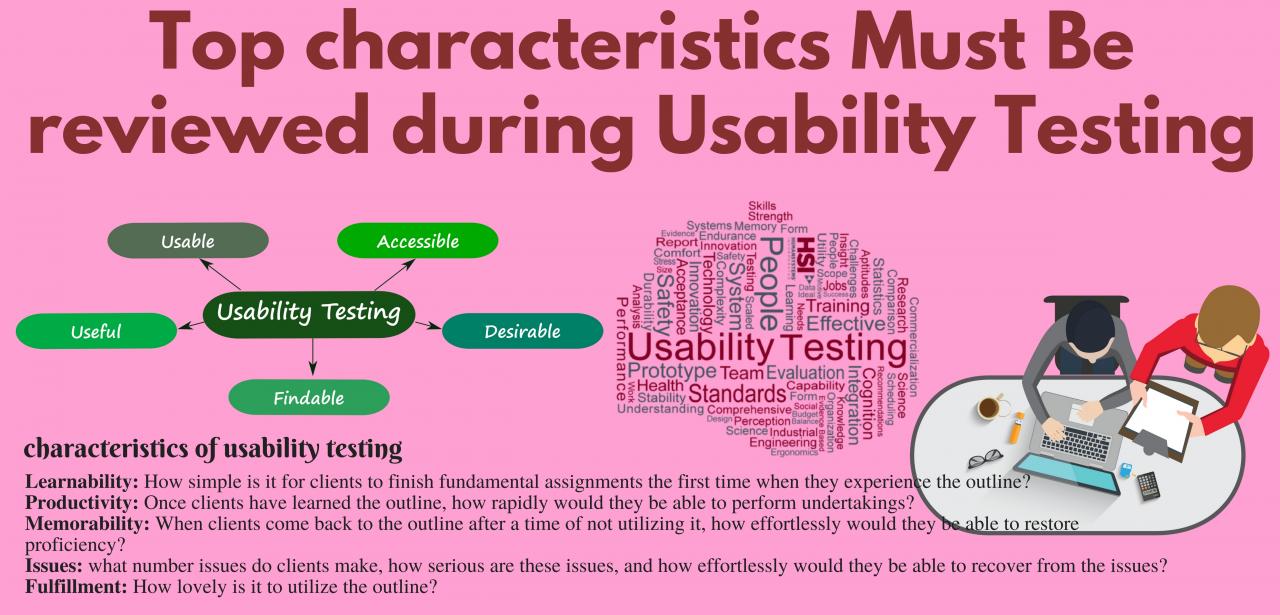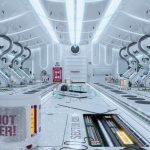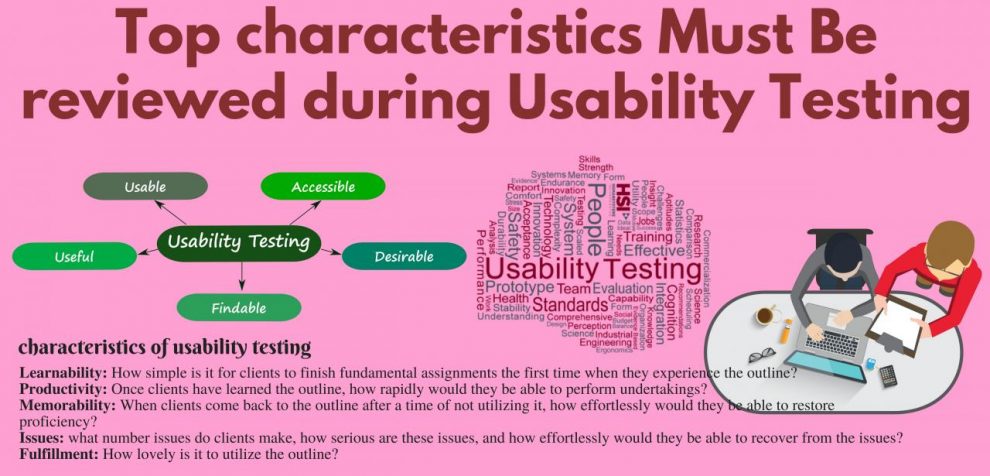
Electronic design automation (EDA) software provides the essential workflows for schematic capture, simulation, PCB layout, and more. With various EDA tool options available, engineers weigh capabilities, interfaces, integration, and costs. We evaluated four popular Windows EDA suites—Altium, Cadence Allegro, Mentor Graphics Xpedition, and Zuken CR-8000—across key criteria for electronics product development. Comparing experiences highlights advantages of each.
Evaluation Methodology
We installed and tested trial versions of the EDA tools on a Windows 10 workstation. While the suites offer far more features than exercisable during brief evaluations, we focused comparisons on:
- UI/UX: User experience, shortcuts, polish
- Libraries: Component content and customization
- Workflows: Ease spanning schematic-PCB-BOM
- Analysis: Simulation, DRC, signal integrity
- Manufacturability: DFM, export capabilities
- Interoperability: Third-party integrations
- Cost: License models and price points
Engineers use EDA software daily, so the user experience matters greatly. We also weighed interoperability for exchanging data with mechanical CAD and analysis tools. Finally, cost can dominate decision factors. Comparing both capabilities and usability provides helpful context for choosing an EDA platform.
User Interface Comparison
Altium scored very well for its unified interface, customizable UI themes, and unified shortcuts between schematic and PCB modes. Bright colors and curated features at each license level prevent confusion. Customizable live inspection highlights PCB errors and suspicious traces to correct. Altium also offers handy integrated version control and collaboration through Workspace.
Cadence Allegro had high capabilities but with dated toolbars and dialog boxes. Dense menus and settings make the learning curve steeper. Its focus leans towards advanced analysis tools like SI/PI rather than intuitive editing. Parts library and supply chain integrations stood out as strengths relevant for complex products.
Mentor Xpedition presented a mixed experience – some tools like the system editor felt polished, while native 3D/MCAD integration felt clunky. The interface differs across tools, though the component library browser was intelligent. License options to access specific capabilities also help target costs.
Zuken CR-8000 emphasized schematic editing but trailed in PCB and SI features. Library parts integration between schematic and board modes was not straightforward. The interface provides customization but remains Windows-centric. Cost is a strong suit, with free viewer licenses available to share files. But other workflows felt limited.
Analysis and Manufacturing Features
In analysis, Allegro clearly led for SI/PI tools while Altium offered the easiest simulations. All four suites provided design rule checking, but Cadence and Mentor edged ahead in manufacturability analysis like thermal modeling and automated fanout shaping. Only Cadence and Zuken readily supported export for leading manufacturing formats like ODB++.
For collaboration, Altium’s cloud platform offered excellent version control, live preview, and remote component links. Allegro had strong integration with MCAD tools like Solidworks, while Mentor partnered with Ansys for multiphysics workflows. Overall, Altium struck the best balance maximizing usability without compromising professional capabilities needed for robust, manufacturable products.
Pricing and Support Models
On pricing, Altium was most flexible with monthly and yearly subscriptions at each capability tier while Cadence relied on traditional perpetual licensing. Zuken CR-8000 was inexpensive but lacked higher-end extensions. Mentor offered both subscription and perpetual licenses. Renewal costs, bundled support levels, and license portability between users and sites also varied.
Overall, Altium delivered well-rounded capabilities with excellent UI, libraries, simulation, manufacturability, and version control. Cadence and Mentor excelled for complex analysis. Zuken provided affordability for basic schematic workflows. Engineers should consider both capabilities needed today and future plans when investing in an EDA platform. Prioritizing usability helps maximize engineering team productivity over the long run.
















